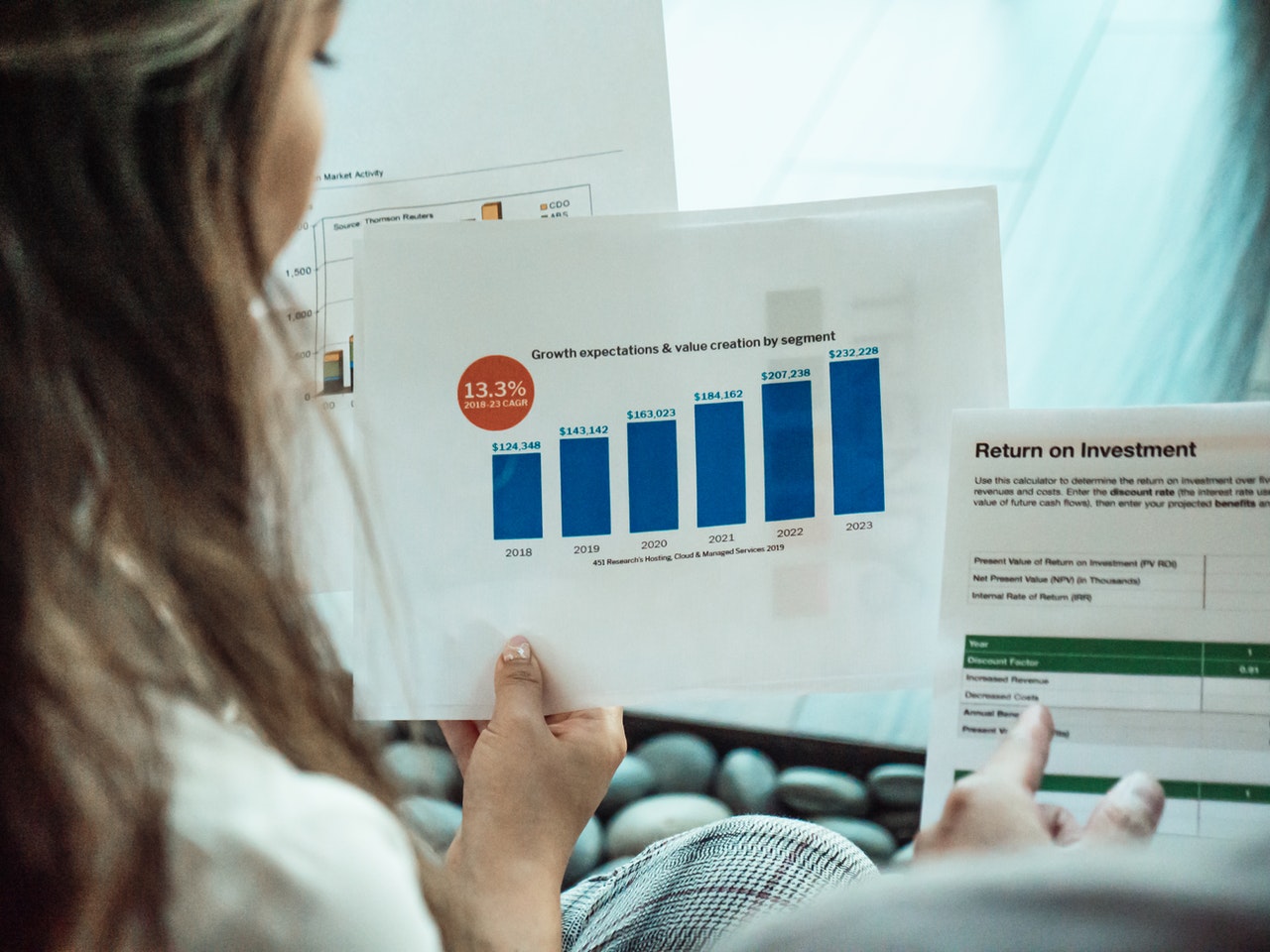
How to Calculate ROI on a Rental Property
Real estate is one of the most profitable forms of long-term investment, as it brings multiple benefits. It generates income, especially if you plan to rent it out. Since real estate supply on the market is relatively limited, the property will always have a certain value. The simple economic legality of supply and demand dictates that a good or service in great need will always be worth it, and if demand increases more than supply, the price will go up. But, if you want to become an investor, you must be wondering how quickly you can establish a return on investment and get your money’s worth. We bring you a guide on how to calculate ROI on a rental property.
Rental property as an investment
Most people buy a rental property to generate long-term, passive income. According to experts, this is still a very profitable venture, although certain conditions need to be met. The first is the relationship between the property’s price and its potential to generate a sufficient income through renting.
Favorable lending conditions and low-interest rates can encourage creditworthy, active buyers to think of a bank loan as a chance to invest in real estate. For buyers who already own the property where they live, the new property can be “paid off” by renting it out – and they will still have the property in the long run. This kind of investment is always fruitful, and how quickly it will be yielded depends on the project, location, quality of construction, etc.
If you buy a property with a bank loan, the monthly rent must be the same or higher than the loan installment. That way, leasing it would be profitable, and the whole endeavor would make sense. You should also consider the following: the cost of processing the loan, interest, and other additional and mandatory services provided by banks under such arrangements.
What is Return on Investment (ROI) in real estate investing?
Return on investment (ROI) is a measure that assists property investors in determining whether or not to purchase a property. It can also be used to compare one asset to another. ROI helps to forecast the profit margin they could make on their real estate — whether they’re reselling houses or renting them out – as a percentage of cost, based on comparables.
When it comes to real estate investments, ROI is a crucial tool, especially for new investment property owners, because it gives a tangible, realistic picture of how successful a possible investment may be.
Calculate ROI on a Rental Property
The following four stages can be used to calculate the return on a rental property:
- Calculate your rental income for the year.
- Evaluate your cash flow.
- Make a net income assessment.
- Divide your net income by your entire upfront investment to get the ROI.
The equation
To determine the profit or gain on any investment, subtract the asset’s original cost from the total return on the investment.
- ROI = (Gain on investment – Cost of investment) / cost of investment
To obtain the % ROI, we divide the investment’s net profit or net gain by the initial cost. Because ROI is a profitability ratio, it is frequently expressed as a percentage.
The above calculation is easy enough, but bear in mind that many variables might alter ROI numbers when it comes to real estate. Repair and maintenance costs, as well as techniques for calculating leverage (the amount of money borrowed with interest to make the original investment), are among them. Of course, the conditions of the loan might have a significant impact.
Obtain all the necessary numbers
Before estimating your ROI, make sure to account for both one-time and recurrent costs. Closing expenses, down payment, interest rate, and any repairs or modifications needed to make your property move-in ready are all examples of initial investments. Then you’ll want to examine your continuing costs to see how they stack up against your rental revenue. A property manager, upkeep, taxes, and homeowners’ association (HOA) fees are just a few of these costs.
People are prone to underestimating their numbers at this point. Sure, you want to save costs wherever possible and anticipate that you won’t need to set aside as much money for recurring expenses, but vacancies do occur. You must pay for them throughout this period. There could also be personnel costs – for example, if you need to put some of your items in storage to free up space for your tenants. Finding a safe space is easy, but that’s also an expense that should be taken into account.
We advise allocating around 10% of your monthly rental revenue for vacancy-related expenditures like marketing and lost rent. Repair and maintenance might range from roughly 5% to up to 25%, depending on the state of the property.
What is the average real estate ROI?
There is no uniform overall average ROI in real estate since many factors are considered. It’s crucial to remember that the average varies depending on the real estate market. So, although statistics might help anticipate outcomes, they’re not a certainty.
In the end, ROI is determined by the degree of risk involved in an investment, with certain unforeseeable events. Although there is no average to base your investment on because of these different circumstances, most investors strive for ROI that equals or surpasses 10%.
The 2% rule
The 2% rule in real estate refers to the ideal monthly rental earnings for a good investment property. If the rent is 2% or more of the entire cost of the property, it implies that you should have a consistent income. To use this rule, double the property’s purchase price by 2%, in addition to any necessary repair costs. So, to make a $100,000 property a good investment, you must generate at least $2,000 in monthly rent. Sticking to the 2% criterion isn’t always easy.
To conclude
A rental property’s return on investment differs from other investments in that it varies substantially depending on whether the property is financed with a mortgage or cash. As a general principle, the less money you put down on a home, the larger the mortgage loan total will be, but the higher your return on investment. On the other hand, the lower your ROI, the more cash you pay upfront and the less you borrow because your initial cost is more considerable. In other words, because your initial expenditures are reduced, financing helps you enhance your ROI in the short run.
We hope our guide will help you calculate ROI on a rental property. Good luck investing!






Recent Comments